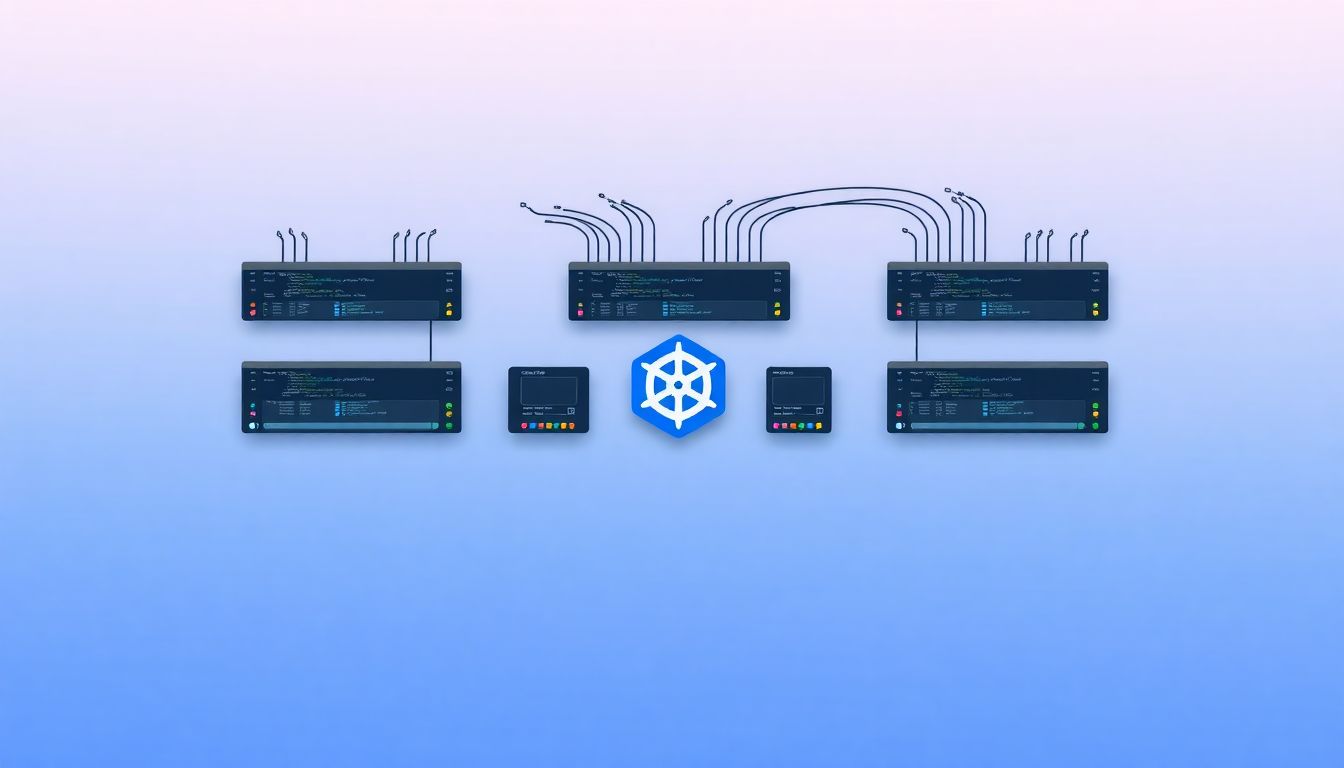How to Set Up a Kubernetes Cluster using kind: A Comprehensive Guide..

The Growing Popularity of Kubernetes: What You Should Know..
Kubernetes is emerging as an important tool in the technology industry. Over 83 percent of developers surveyed in 2023 stated that they use it for container orchestration. Scaling, application deployment, and management of containerized applications are easy tasks with Kubernetes. Without it, the management of these applications is difficult, often resulting in deployment problems and resource waste.
Now let’s start .
pre-requisite
AWS EC2
t2. Medium
Docker
Kind
Kubernetes Config.yml
Install Docker
sudo apt-get install docker.io -y sudo usermod -aG docker $USER && newgrp docker sudo rebootInstall Kubectl
curl -LO "https://dl.k8s.io/release/$(curl -L -s https://dl.k8s.io/release/stable.txt)/bin/linux/amd64/kubectl" chmod +x kubectl sudo mv kubectl /usr/local/bin/ kubectl version --clientInstall KIND
curl -Lo ./kind "https://kind.sigs.k8s.io/dl/v0.22.0/kind-linux-amd64" chmod +x kind sudo mv kind /usr/local/bin/ kind version # verify kind is installed or not
Now we need to create a config.yml file to create a Cluster
mkdir Kubernetes_file
cd Kubernetes_file
vim config.yml
kind: Cluster
apiVersion: kind.x-k8s.io/v1alpha4
nodes:
- role: control-plane
image: kindest/node:v1.32.1
- role: worker
image: kindest/node:v1.32.1
- role: worker
image: kindest/node:v1.32.1
kind create cluster --config config.yml --name <any name as you want >

kubectl get nodes
